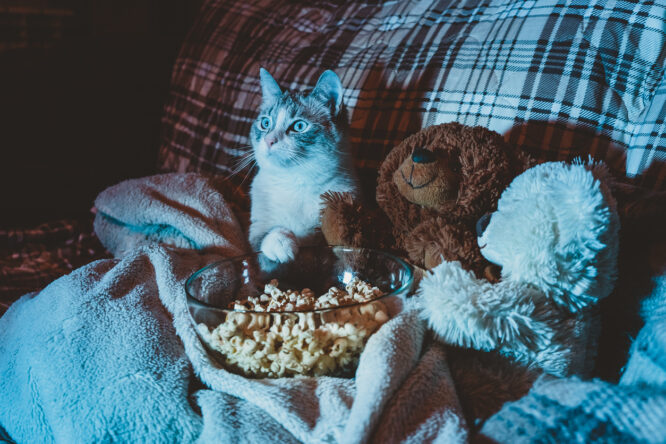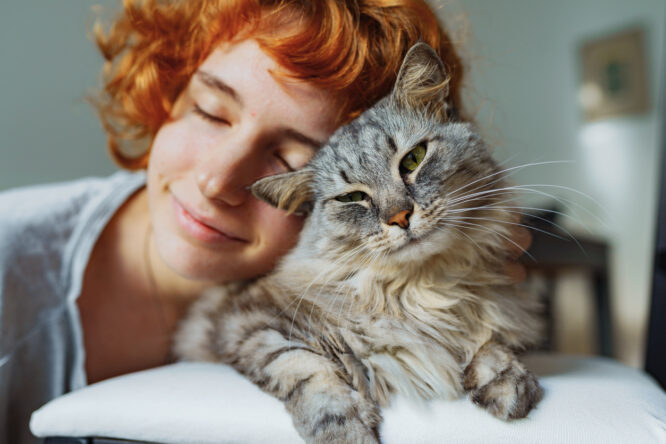We’ve all heard the myth that dogs see in black and white, but that’s not quite true.

While they don’t see the world in full-blown technicolor like humans do, their vision isn’t completely dull either. Dogs actually see a more limited spectrum of colours, and surprisingly, they do show a preference for certain shades over others. Here’s what science has figured out about how dogs view the world, and which colours they’re most drawn to.
Dogs aren’t colour-blind in the way most people think.
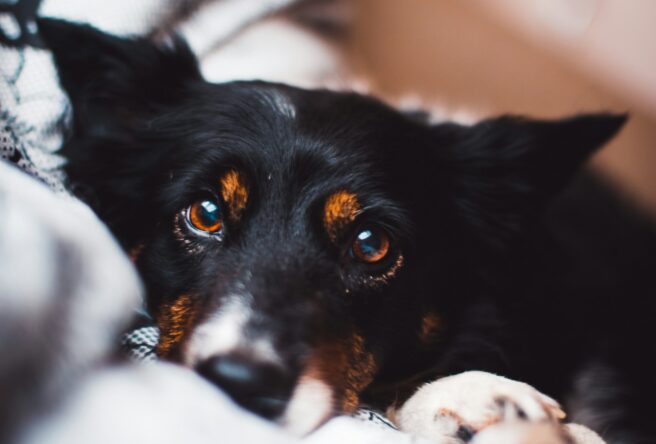
They can see colour, just not as much of it as we can. While humans have three types of colour receptors (called cones), dogs only have two. This means their colour range is closer to someone who’s red-green colour-blind. To a dog, reds and oranges probably just look like various shades of brown or grey. But blues and yellows? Those pop out way more clearly. So next time you buy them a toy, keep that in mind.
Blue and yellow are the easiest colours for dogs to see.
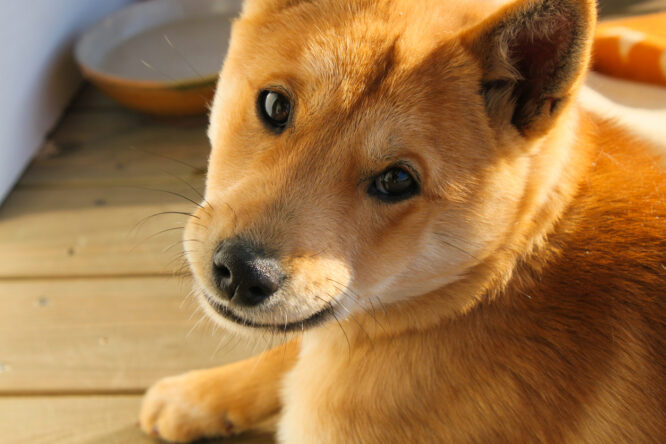
Studies have shown that dogs are naturally more responsive to blue and yellow hues. Toys, balls, and Frisbees in these colours are much easier for them to spot, especially against grass or the floor. That bright red ball that looks so obvious to you? It might actually blend into the background for your dog, making fetch a lot more frustrating than it needs to be.
Their world is made up of muted colours.

Imagine a really toned-down rainbow, and that’s more or less what your dog sees. Their vision is mostly made up of greys, dull blues, and soft yellows. Think earthy, not vibrant. That doesn’t mean their world is boring—just different. Dogs rely way more on smell and movement than colour to make sense of what’s going on around them.
Brightness matters more than colour.
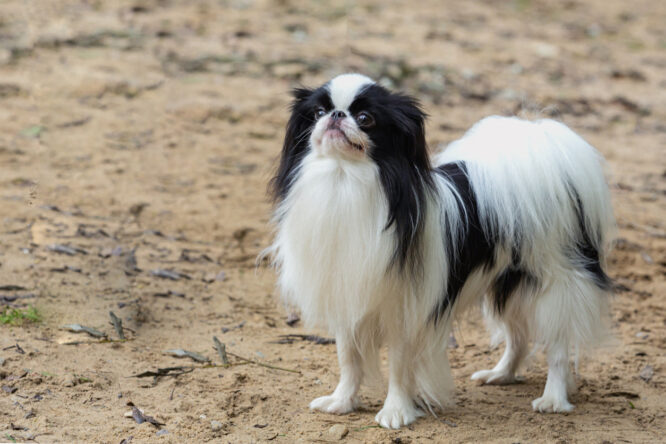
Dogs don’t just rely on colour contrast—they respond strongly to brightness and contrast in general. Something light on a dark background or dark on a light background stands out more than any particular hue. So, if you’re choosing between two toys, go for the one with the biggest difference in brightness compared to where your dog will be playing. It’s less about red vs yellow and more about bold vs bland.
Blue is probably their favourite, whether they know it or not.

It’s not like dogs can rank their favourite colours, but in behaviour tests, they tend to go for blue objects more often. It seems to be the clearest, most distinguishable colour in their visual world. That might explain why your dog always brings back the blue tennis ball but ignores the red one halfway through the game. It’s not attitude—it’s eyesight.
Red toys might be harder to find, especially in green grass.
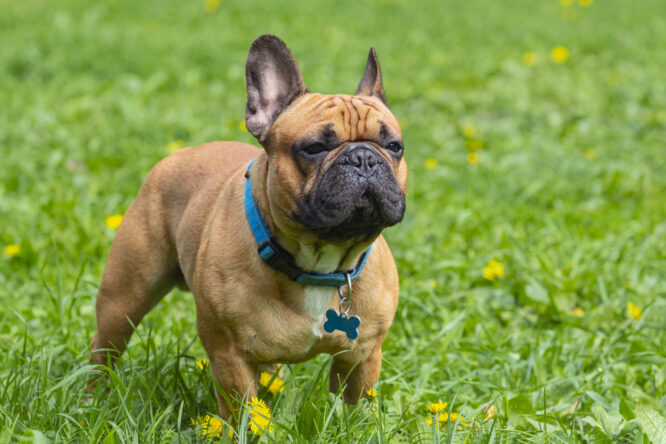
Because red appears almost grey or brown to a dog, it can blend into green grass and darker surroundings. If your dog seems to “lose” their toy in plain sight, it could just be a colour clash issue. Switching to yellow or blue toys might stop the constant “Where’d it go?” moments and make games like fetch a lot smoother for everyone involved.
It’s not just toys—training tools matter too.

If you’re working on agility, scent work, or basic obedience using visual cues, colour can play a big role. Dogs are more likely to pick up visual commands when there’s good contrast and clarity. So, those colourful cones or signs? Stick with blue and yellow. Not just because they’re bright, but because they’re visible through your dog’s eyes.
Their night vision makes up for a lot.

What dogs lack in colour vision, they make up for with better low-light sight. Thanks to a higher number of rods in their eyes, they can see way better than us in the dark or during dusk and dawn. So even if they can’t spot a red ball in daylight, they’re still way ahead of us once the sun goes down. Vision isn’t just about colour—it’s about adaptation.
Their peripheral vision is wider than ours.
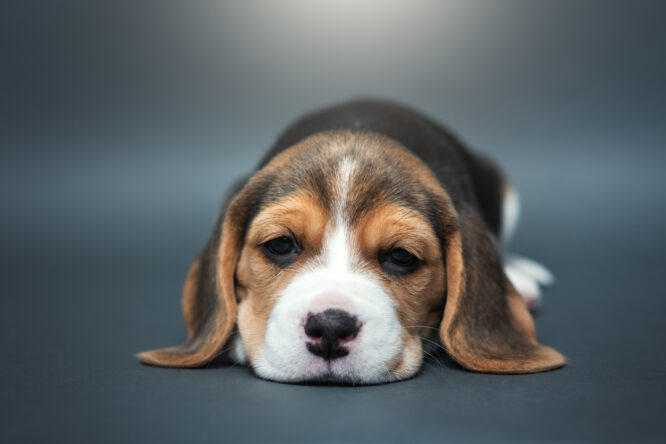
Dogs have a slightly wider field of view than humans—about 240 degrees compared to our 200. That means they’re more tuned in to movement and side-to-side activity, even if it’s not in full colour. This explains why they might spot a squirrel running in their side view from across a park but walk right past a bright toy sitting still under their nose.
Their brain just doesn’t care about colour that much.

Unlike us, dogs don’t rely on colour to recognise things. Their brains are wired to focus on shapes, movement, scent, and tone. Colour is more of an extra feature than a core detail. So while it’s fun to know their favourites, your dog’s attention isn’t being grabbed by the trendiest colour palette—it’s being pulled by smell, sound, and the thrill of the chase.
So yes, dogs can see colour, but not like we do. Their world is softer, less saturated, and more about what moves or smells interesting than what pops visually. But if you want their full attention? Go with blue or yellow. Their eyes (and probably their paws) will thank you.

